Tell us about your approach to photography. How it all started? What are your memories of your first shots?
Peter Waterschoot (PW): Before I took up photography I was involved in painting and poetry. I realised my prose at that time was extremely depictive and mood-setting … the step towards photography was quite logical. I travelled solo to Istanbul, experimenting with myself, a 7 days trip, the city was cold, there was snow. The experience was existential. I wandered through the city with just a camera and a dictaphone as companions. Trying to catch the darker side of Istanbul. From that moment on I was hooked on photography.
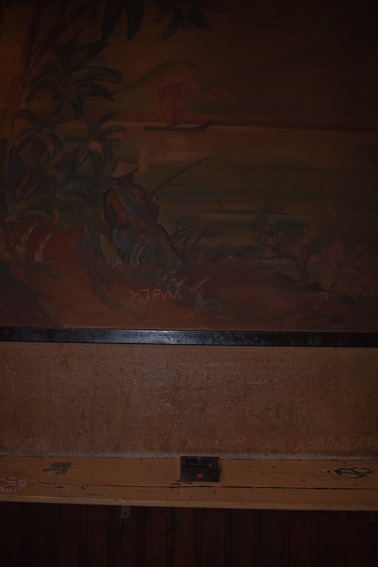
© Peter Waterschoot
How did your research evolve with respect to those early days?
PW: I took up art school, at 33 it was a ‘late vocation’. Started out with black and white. Liked it a lot. Days in the dark room. Until somebody told me I had made pictures in the style of a certain Dirk Braeckman. Dark and texture-driven. I didn’t know his work at that time. It was very difficult for me discovering this masterly, deeply erotic oeuvre with a fetish for 'dusty interiors’. After that I tried everything to get away from this kind of images, luckily digital came. Colour came. I did what a student does. Experiment. Investigate. Stopped photographing even. Took up boxing classes. Worked my anger out. Got to the core. It was only when I took up again the last year of my photographic education that I made a clean break with experiments in daytime photography. I decided to dig deeper into the colour-palette of nighttime photography combining it with my literary bagage ( as a young adolescent I read too much, especially triggered by darker literature and dystopic themes – e.g. 1984 by George Orwell was one my favourite books.). And most of all; a given loneliness is very important in the creation of my images.
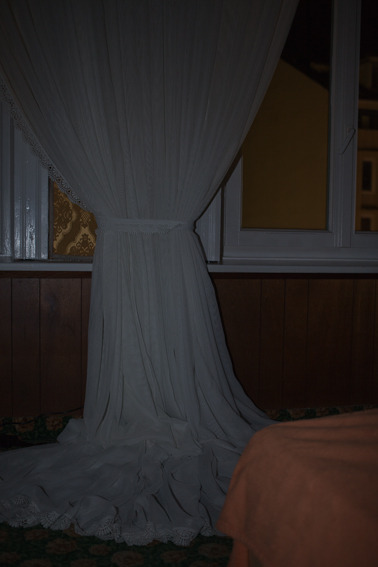
© Peter Waterschoot
What were the courses that you were passionate about and which have remained meaningful for you?
PW: My own free work, and writing about photography. I still like writing about photography. Also for other artists.
Any professor or teacher that has allowed you to better understand your work?
PW: The professor who pointed out to me that I am a way better photographer when I work with exclusion in my images. The tension created by absence. It enabled me to turn back to the beginning of my photography. I didn’t lose my time anymore trying to find my way in a documentary style. No more trying differents approaches. I dropped daytime photography altogether. Once chosen this path. Much more into the plastic arts. I felt the urge to create a very own 'athmospheric’ approach, with a very personal colour palette. Nighttime photography. Landscapes, and a lot of 'suffocating’ interiors, and I started calling it 'Neon poetry’. I dare to say that I have appropriated certain monochrome colour palettes, varying from blacks and reds and greens and browns up to the blue of the 'blue hour’. The images are disturbing but comforting at the same time. A melancholic horror – with a soft edge.

© Peter Waterschoot
What do you think about photography in the era of digital?
PW: Digital photography allows me to work the way I do. I work very intensive on series. I put al lot of effort in it. But I need to combine my work as a photographer with a regular day job in order to pay the bills. Sometimes it really hurts. But that’s life. Still waiting for my first maecenas I guess. Anyways. It would be impossible to work this intensive and spend time in the darkroom. Nevertheless, after digital selection, printing remains of the utmost importance to me. I want the photoworks to work as objects, I want them to be tangible. I want them to add space to a room. In my latest show people told me they felt a strong urge to touch the pictures. This made me very happy. That’s what it’s all about. If I see a great sculpting I know that I see something great when I feel the urge to touch it.
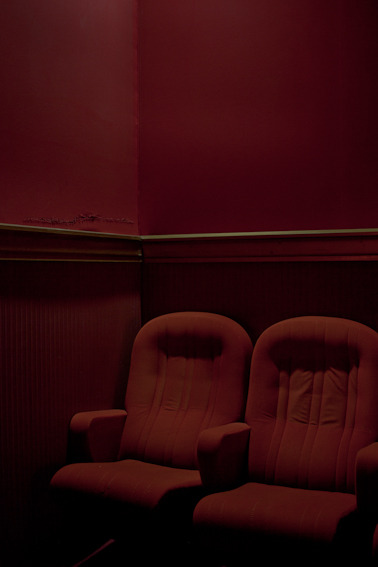
© Peter Waterschoot
And what about social networking?
PW: Social networks have given me the opportunity to get in touch with many marvellous artists whose work I appreciate. I like organizing events, I like pushing artistic photography, and social media are very helpful in this, you can move a lot quicker.
The downside is the fact that sometimes it is a bit discouraging when you see how much artistic photography there is on the market and realizing you must shout really really loud, and put efforts into your social media marketing to get heard amidst this 'murmur’, and self promotion is the part of the job I really don’t like.
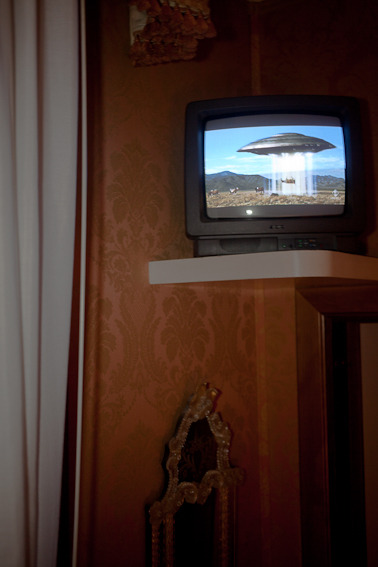
© Peter Waterschoot
About your work now. How would you describe your personal research in general?
PW: A quest for the poetic, as I call it myself 'neon poetry’ with dystopian inclinations, slightly erotic with a strong fetish for relics of the past ( hotels, cinema’s, theatres, harbours, etc.), it’s all about a fading past but at the same time there’s a slight sci-fi feeling in it.
Do you have any preferences in terms of cameras and format?
PW: I work with a Canon 5D. 'A black one’. It ’s almost breaking down now. I made a shift from horizontal framing to vertical which I discovered I like vertical a whole lot more because it’s more effective to work with exclusion. I got only one lense left. Gave away the other ones. A 40 mm. lens is my all time buddy now .
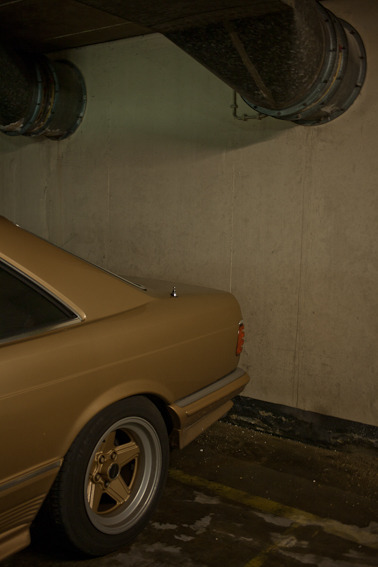
© Peter Waterschoot
Tell us about your latest work
PW: I finished art school when I was about 39. Now I’m 44. Time is going fast. I went through a personal existential crisis, needing to decide on having a kid or not, I was very much afraid parenthood would destroy my photographical quest ( in the meantime it turned ut t o be a ’ yes I do’, a wonderful son is born 2 weeks ago! ). But, at that time, I really needed a very big walkabout. I needed reflecting. I needed loneliness, confronting myself, evaluating my 'cultural bagage’. This sent me on travels towards lesser star hotels on an axis from Venice up to Hamburg. I spent several days in each of these hotels trying to capture 'neon poetry’ in single images, I used to call it 'a mental documentary’ on a fading Europe, but that is not correct. It is all about me. It is all about a quest for a certain aesthetics.
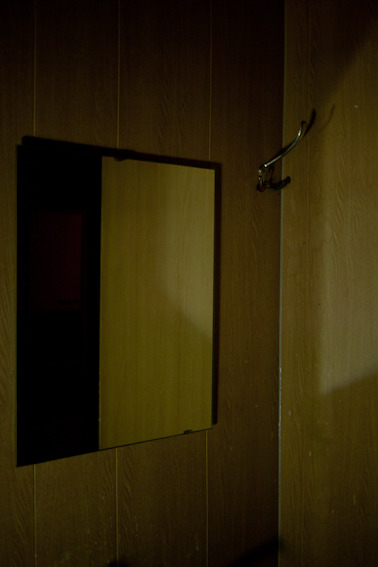
© Peter Waterschoot
Is there any contemporary artist or photographer, even if young and emerging, that influenced you in some way?
PW: My favourites at this point in time are Calin Kruse, Lieko Shiga, Daisuke Yokota, I like what Armand Quetsch is doing, I like what Pierre Liebaert is doing, I like what Alisa Resnik and Boris Eldagsen are doing. Dark and poetic. (But I must say my own photography stands apart from that, it is differently tapped into a symbolic singularity, closer to a faint mysticism). I adore Todd Hido. I adoreDolores Marat. Influences (in a strange way ) still are Daido Moriyama and Anders Petersen. In literature: Junichiro Tanazaki ( in praise of Shadow), Mishima, J.K. Huysmans. In film: Exotica ( Egoyan), Blade Runner, Naked Lunch, Fallen Angels (W.K.Wai), all film noir etc.
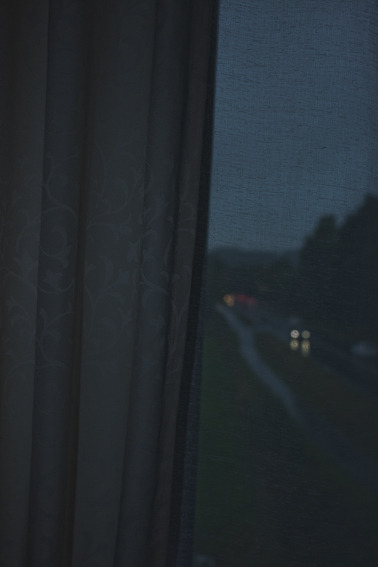
© Peter Waterschoot
Is there any show you’ve seen recently that you find inspiring?
PW: Lieko Shiga in FOAM 2 years ago.
Projects that you are working on now and plans for the future?
PW: I want to make a book with the collected material I am sitting on (a database on which I have worked the last 2 years), but I am still looking for funding and /or a publisher. I am making contacts with models (yes!) to start on a new body of work, which will continue the quest for 'neon poetry and the exotic’.
---
LINKS
Peter Waterschoot
Belgium
share this page
